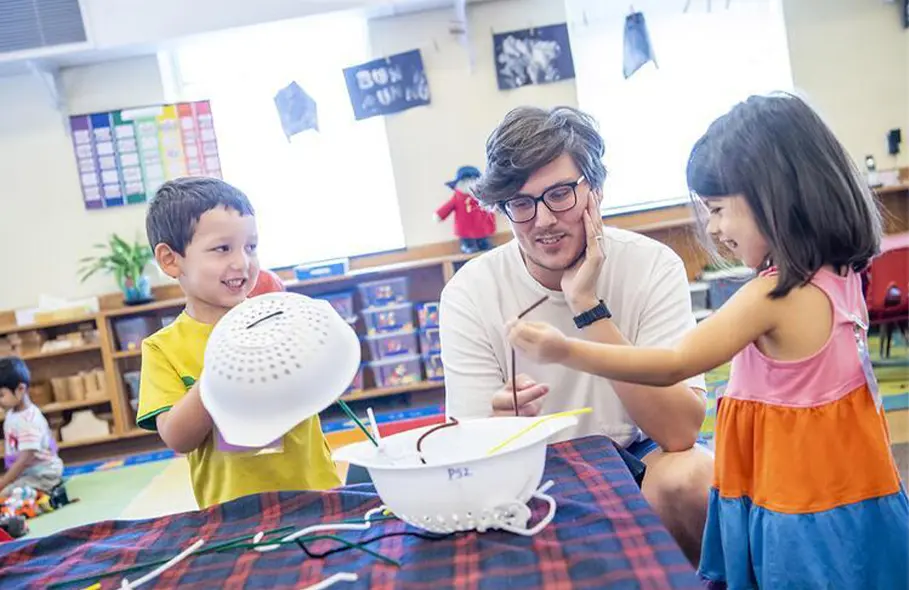Campus Treasure Supports Children, Teaching, Research, and Human Thriving
by Lauren Quinn, College of ACES / Sep 17, 2024

Each year, the facility hosts more than 50 classes from 13 departments across campus, averaging more than 3,000 student observations, 1,300 student class projects, and 50 internships.
"The CDL provides opportunities for students to not just learn about kids and their early development, but to watch it unfold in an unstaged environment — it's a real world, real life, real-time, real everything immersion in that experience," said Ramona Oswald, HDFS department head. "Regardless of the life and career paths of our students, immersion in the CDL environment is an invaluable experience."
The observation booths are a key asset. Attached to each classroom, the booths are fitted with microphones and information that help observers listen to and identify children as they interact with each other and CDL staff.
Research professor Nancy McElwain taught the required undergraduate research methods course in HDFS for more than a dozen years, relying heavily on CDL's observational tools.
"Students in that class have the chance to go through the whole research process from selecting a research question to coding child behaviors in CDL's observation booths to writing and presenting results," McElwain said. "It's an amazing resource and not something the students would be able to experience without the CDL right here on campus."
The CDL also supports students training to become early childhood educators through the College of Education.
"The CDL is a great partner for us for field placements," said Stephanie Sanders-Smith, the Yew Chung – Bernard Spodek Scholar in Curriculum & Instruction in the College of Education. "In the fall semester of senior year, all of our students have placements in a local preschool. We have anywhere from 15 to 25 students, depending on the cohort, and we usually place three to five students at the CDL. They actually take over and run the classrooms for four weeks during the semester."
The College of Education houses the University Primary School, a preschool through 5th grade lab school that hosts education students for in-class observations. But because the students graduate with a license covering birth through age 8, Sanders-Smith says the CDL fills an important gap with infants and toddler age groups. And CDL's observation booths — a feature the primary school lacks — allow students to observe classroom dynamics more naturally.
"When we do observations at University Primary, we all go marching in the classroom. At CDL, we can observe without disrupting the class," Sanders-Smith said. "Also, the observation booths allow instructors to watch when students are interacting with children."
This is an excerpt from a story posted by the College of Agricultural and Consumer and Environmental Sciences. Read the full story here.